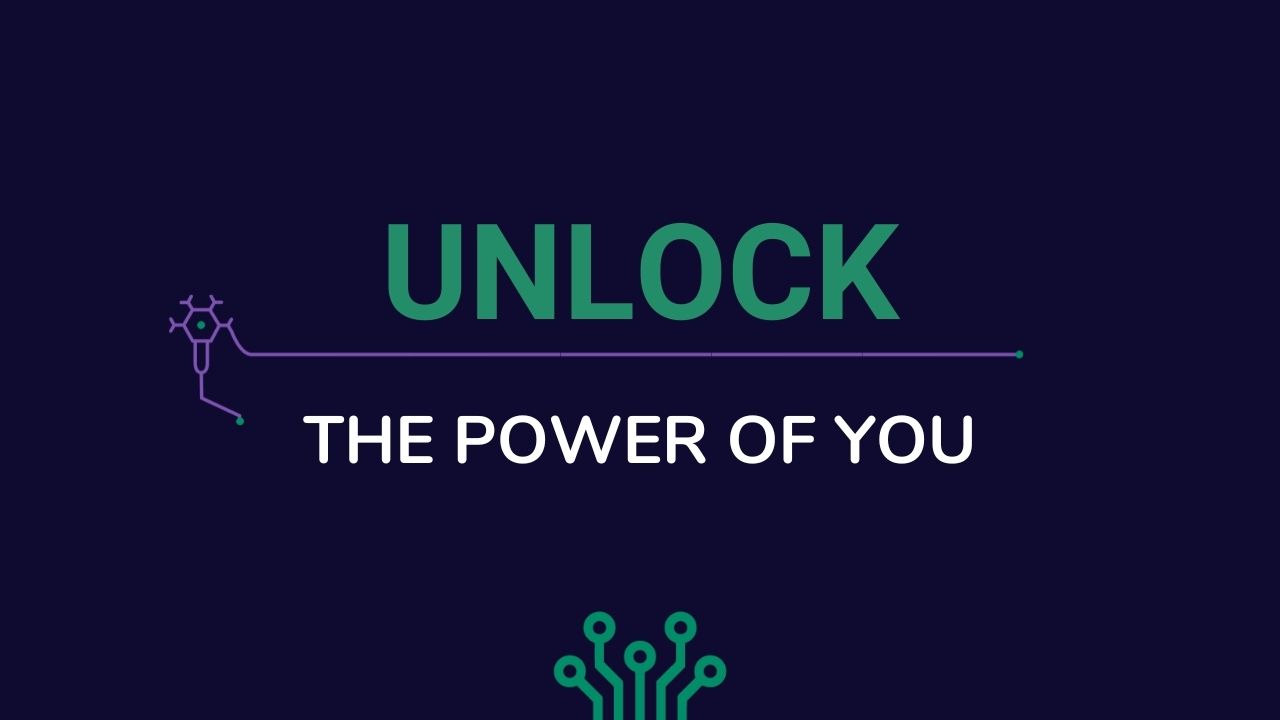Ep. 59: Managing in an Intergenerational Workforce & The Boomerang Principle | with Lee Caraher
Jul 14, 2018Today our expert guest is Lee Caraher, the founder and CEO of Double Forte, a national public relations and digital media agency that works with beloved consumer, technology, and wine brands.
Lee is also the author of two books: Millennials & Management: The Essential Guide to Making it Work at Work and The Boomerang Principle: Inspire Lifetime Loyalty from Your Employees. The former is inspired by Lee’s own experience epicly failing and then succeeding at retaining millennials in her business and the latter is a pragmatic and actionable guide to creating high-performing work cultures that are ready for the future.
Lee is an expert when it comes to managing intergenerational workforces, so for this discussion it’s important to understand what exactly the five different generations in the workforce are. Lee uses the Pew Research Center’s definitions:
- Silent and Greatest generations – Born 1945 or earlier; ages 73 and older
- Baby Boom generation – Born 1946 to 1964; Ages 54 to 72
- Generation X – Born 1965 to 1980; Ages 38 to 53
- Millennial generation (sometimes called Gen-Y – Born 1981 to 1996; Ages 22 to 37
- Post-Millennial generation (sometimes called Gen-Z) – Born 1997 to today; ages 16 to 20 are in the workforce
This is the first time so many generations are all working at the same time, although that’s a trend that will likely continue into the future. While each generation has its quirks, it’s impossible to generalize “All millennials are like _____” or “all Baby Boomers want is _____.”
But there is still a lot of talk about the “culture clash” being caused by this intergenerational workforce… so what’s that about?
One of the big differences is that the younger generations have an expectation for work-life integration, as opposed to work-life balance. When you talk about balance, you’re generally talking about a compartmentalized and even split of two different parts of your life… and that doesn’t really work that well, in practice.
Work-life integration is constant: from the moment you wake up to the moment you go to sleep, you can get through both your work responsibilities and personal responsibilities and optimize them however makes sense.
It’s a concept that sort of flies in the face of a typical 9-to-5 mindset. It’s different, but not bad. In fact, it has distinct benefits for everyone in the workforce – like being able to leverage the times of day you are most productive for your most important work – but previous generations didn’t necessarily realize they could ask for it.
Lee believes a lot of the “culture clash” can be solved through effective communication, particularly setting clear expectations up front (or asking for clear expectations if they are not provided).
“Don’t assume anything. You have to absolutely set your own expectations for what the values and what the behaviors are in your own organization.” This is useful for any generation, not just Millennials.
As is The Boomerang Principle, or the belief that those organizations that allow and encourage their former employees to return to them as employees have a strategic advantage over those that don’t.
This can be a point of contention between older and younger employees. Historically, the train of thought has been you left the company so you somehow betrayed it. But paying employees doesn’t create loyalty – it’s a transactional relationship.
On top of that, continual improvements in health and technology mean that people will be able to work longer. A 45+ year career just isn’t realistic.
Today’s young adults will likely have 60-70 year careers, so it makes sense that they’ll want to try a few different roles and functions in that time.
If we can keep people we want in our organizations for one more year, Lee says, we are improving our process, improving our profit, and improving our culture – and that’s what sustainability will be in the future, as we think about longer careers and many careers for people over time.
The Biggest Helping: Today’s Most Important Takeaway
“Define your own success. If you can define what you think is successful, you can chart your life the way you want it. That includes a great career and a great, interesting personal life, so as we live to 105, we’re not regretting that time.”
—
Thank you for joining us on The Daily Helping with Dr. Shuster. Subscribe to the show on iTunes, Stitcher, or Google Play to download more food for the brain, knowledge from the experts, and tools to win at life.
Resources:
- Learn more at leecaraher.com
- Connect with Lee: Facebook | Instagram | Twitter
- Millennials & Management: The Essential Guide to Making it Work at Work
- The Boomerang Principle: Inspire Lifetime Loyalty from Your Employees
The Daily Helping is produced by Podcast Masters

There is incredible potential that lies within each and every one of us to create positive change in our lives (and the lives of others) while achieving our dreams.








